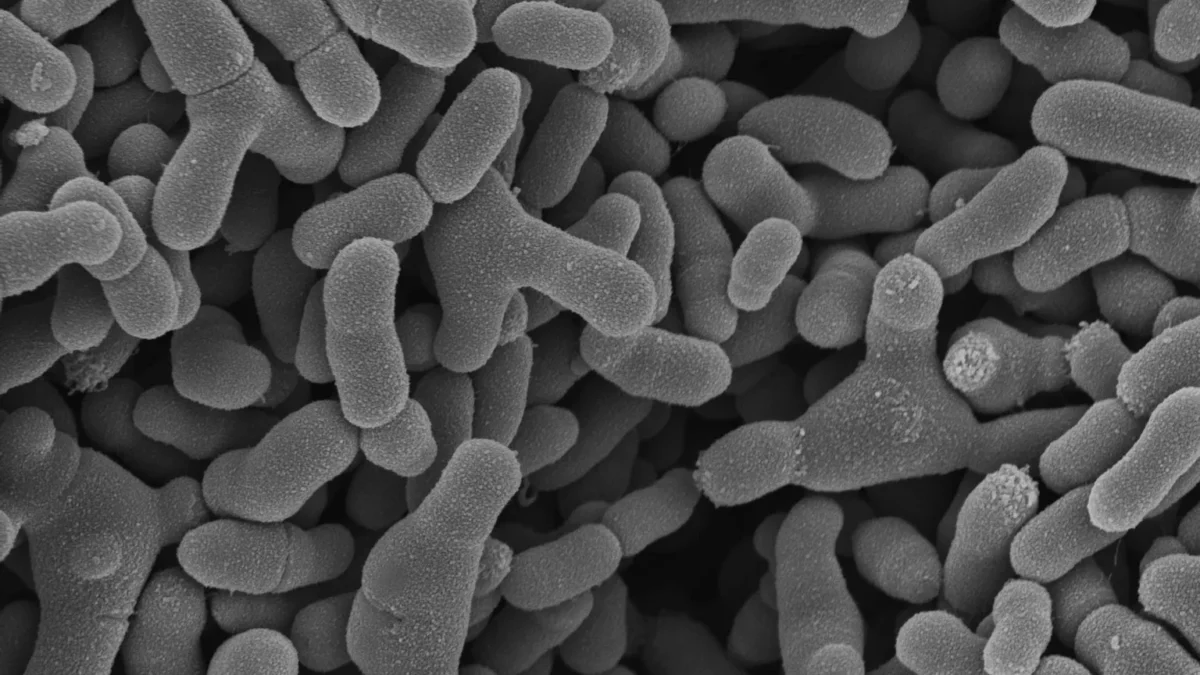 #News
#News
Traces of pollution in the brain
Researchers seek to understand how exposure to pollutants may play a role in the development of diseases such as Alzheimer’s and Parkinson’s

Air pollution can affect the brain, from fetal development, through childhood, to the onset of neurodegenerative diseases, such as Parkinson’s and Alzheimer’s. Researchers even have a name for the field of research that draws this type of association: ‘exposomics,’ in other words, a field whose focus is the exposome.
The exposome, in turn, is a concept that refers to all exposures to a variety of external and internal factors, including chemical agents, biological agents, or radiation, starting at conception.
“Exposomics is based on huge databases mapping out the distribution of environmental toxins, genetic and cellular responses, and human behavioral patterns,” explains journalist Sherry Baker in a report published on the science journalism portal OpenMind.
According to the report, “there is a huge amount of information to analyze, so researchers in this area are turning to another emerging science, artificial intelligence, to coordinate everything.”
In an article published in November 2023, a group of researchers from the United States suggested that research into exposomics contrast the genome and genomics, “providing a complementary analysis that is as comprehensive as that of the non-genomic drivers of biology, which affect the population as well as the individual.”
The relationship between pollutants and Parkinson’s was established by geographer Brittany Krzyzanowski, a specialist in spatial epidemiology and the human-environment interaction at the Barrow Neurological Institute, in the United States.
In a study conducted last year, published in the journal Neurology, Krzyzanowski’s group showed that residents of the cities located in the Mississippi and Ohio river valleys, in the United States, have a 56% higher risk of developing Parkinson’s than those who live in areas where the pollution level is considered average.
The comparison was made with those living in regions with the lowest levels of pollutants in the air. The study showed, in general, that people living in the western region of the country, which is less polluted, have a lower risk of developing the condition than the rest of the country.
Fine particles
In this and other studies, researchers have focused on the so-called PM2.5, also known as fine particles, which are smaller than 2.5 micrometers (one micrometer is equivalent to one thousandth of a millimeter).
The fine particles can affect the lungs and heart and are strongly associated with brain damage.
Forest fires are major generators of these pollutants. A 2021 study showed that pesticides, paints, cleaning products, and personal care products are major—and underrecognized—sources of fine particles and can increase an individual’s risk of developing a range of health problems, including stroke.
The data on Alzheimer’s is also a reminder of the link between degenerative neurological conditions and pollutants.
Although carriers of a specific genetic variant are more prone to this form of dementia, it is not a determining factor.
Researchers suggest that what may cause these people to develop the disease can also be found in the air they breathe. One study, which followed 1,100 men from the age of 56, found that, at the age of 68, those exposed to high rates of fine particles have the worst levels of verbal fluency.
The patients who had more contact with nitrogen dioxide (NO2), a pollutant resulting from burning fossil fuels, were associated with worse episodic memory, which is the memory of past personal experiences that occurred at a certain time and place.
Pushing the scientific agenda forward
Because of findings like these, researchers from Southern California universities and Duke University, in the United States, proposed, in 2019, the “Alzheimer’s Exposome,” in order to promote the scientific agenda on the environmental factors that interact with genes to cause dementia.
The idea is that exposomics can help where drugs “have failed” so far, by showing how people can change their exposure to prevent the disease.
It is known, for example, that environmental toxins can disrupt cellular protection and repair mechanisms in the brain. Factors such as obesity and stress, in turn, contribute to chronic inflammation, which can damage the neurons’ ability to function and communicate.
In an interview with OpenMind, Rosalind Wright, a professor of pediatrics and co-director of the Exposomic Research Institute at the Icahn School of Medicine at Mount Sinai, in New York, and one of the pioneers in this field, points out that we were programmed to be resilient.
“The problem occurs when exposures to environmental factors are chronic and cumulative, surpassing our ability to adapt,” said Wright. “We’re not going to fix everything, but if I know more about myself than I did before, that gives me the power to think.”
*
This article may be republished online under the CC-BY-NC-ND Creative Commons license.
The text must not be edited and the author(s) and source (Science Arena) must be credited.
News
 #News
#News
 #News
#News
 #News
#News
